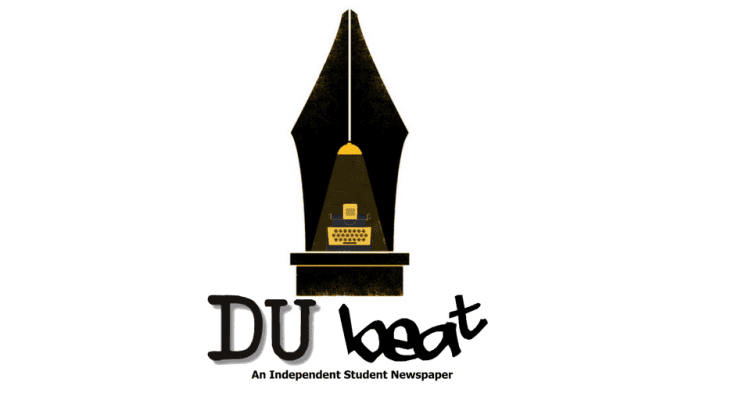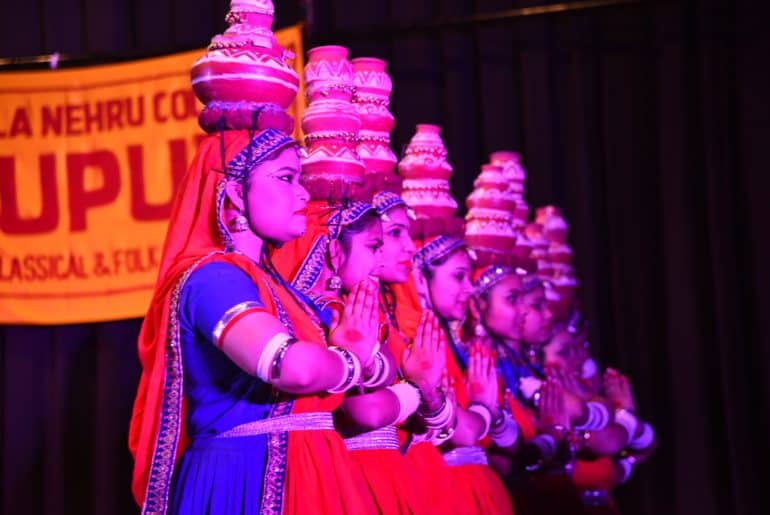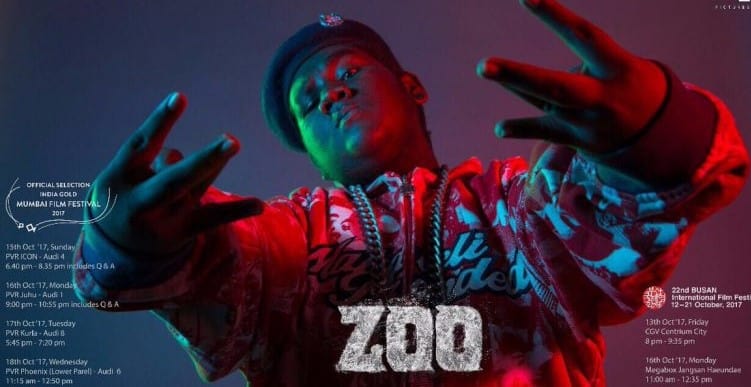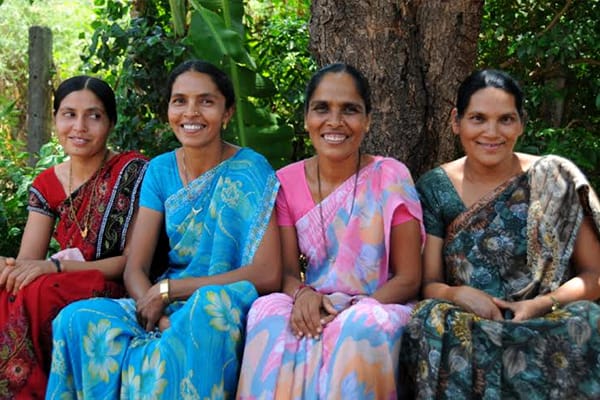A gentle reminder that every import from the west carries with it complex implications for a society as diverse and traditional as ours.
Among other things, Delhi University (DU) students very often boast about the kind of diversity their respective colleges enjoy. In every section of every course, there will be those who attend classes and those who don’t. Keeping the simplistic distinction aside, a safe assumption would be that all of us have known people across religions, states, and economic and social classes. Hence, Valentine’s Day too is a messy affair in this diversity of possibilities and options.
In the Indian context, the warring ideas emerge as that of hyper-capitalism and traditionalism which ultimately result in a rather interesting scenario. The whole week leading up to the 14th of February becomes larger than life, as we’re bombarded with manufactured images and products that define love in the 21st century. The capitalists controlling us carefully create customised needs and, through the course of the week, manipulate us into believing that we needed those things in the first place. Friends who are in relationships are aware of this manipulation and yet feel compelled to take part in it.
Capitalism scheming functions in such efficient ways that the expenditure is almost always considered directly proportional to the amount of love. To extend this scheme of manipulation beyond their target market, marketers are now also dictating how single people should spend this day. Quotes expressing the importance of self-love are splashed across hoardings leading you to believe that your consumption will instantly solve all of your problems and you will live “singly-ever-after”.
This complete rejection of Valentine’s Day, owing to its hyper commercialization, is increasingly becoming a dominant perspective. As students are becoming increasingly aware of the pressures influencing their consumption habits, they are becoming more immune to its effect. How many actually make the effort to exist outside of this system is unknown, but the realisation of the fact that it’s happening is growing. While this understanding is necessary in the long run, it also springs from a very specific group of people. For this group, the idea of Valentine’s Day itself is very ordinary. It’s in a way suggestive of their privilege, which allows them to go beyond the idea of V-day and focus more on a larger global trend.
However, this idea of freely expressing love is extraordinary and even exciting for some. When you look beyond Delhi and into smaller towns, more specifically smaller towns with saffron skies, Valentine’s Day becomes much more significant. These are places where young people are regularly morally policed and not given spaces to freely interact and behave like young people with will and desires. In suffocated environments like these, you can see why Valentine’s Day would stand out as special. It’s almost an invitation for rebellion. Despite their circumstances, to keep the spirit of the day alive, young people venture out to spend their time in public spaces. Claiming to save our country from western influences and adding communal flavor in the form of Love Jihad, extremist groups inflict violence year-after-year on these youngsters.
The real story of the commercialisation of this day can be traced back to the time when it reached the same small towns. Year-after-year, more coffee houses and shopping complexes were being decorated with heart-shaped balloons. The extremists couldn’t multiply faster than the capitalists and, in the end, they were outnumbered. There were too many balloons to burst and the religion of profit-making became more lucrative than the rage of vigilantism. This is not to suggest that capitalism will solve conservatism, but is just to lend to a more rounded idea of Valentine’s Day and the significance it holds in parallel India’s narrative.
Image Credits: Bustle
Pragati Thapa





